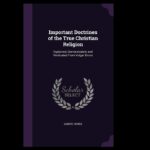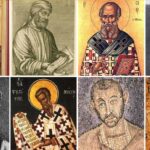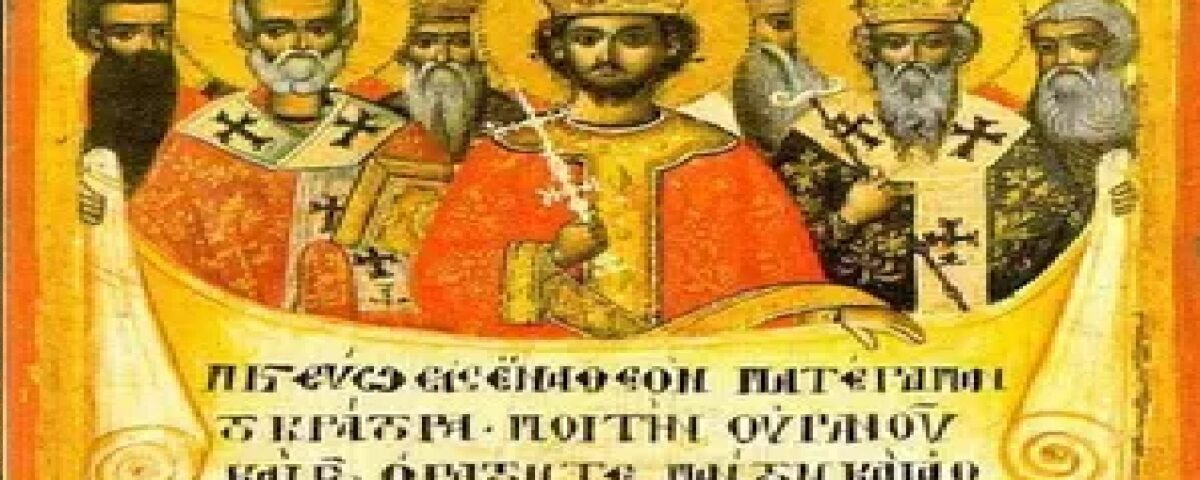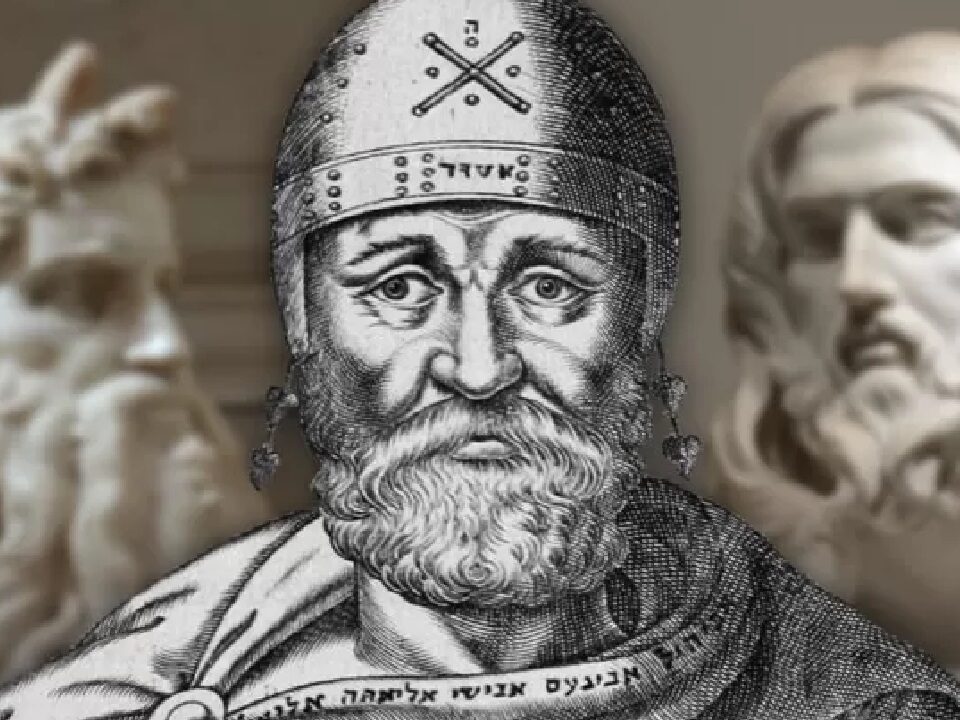
Samuel Noble Important unitary doctrines
April 11, 2025
Church Fathers and the angel of the LORD
May 15, 2025The Nicene Creed Confusion

The Nicene Creed is an example of what happens when unbelievers (like pagan philosophers and especially politicians, like Roman emperors) get mixed up in religion.
First, confusion since the Creed is replete with ambigous and contradictory language. For example, Nicea condemned anyone who says “the Son of God is of a different hypostasis or ousia.” That’s because “for at least the first half of the period 318-381, and in some cases considerably later, ousia and hypostasis are used as virtual synonyms. Yet, this view was later deemed heretical because in Trini world the Son must be of a different hypostasis from the Father,” I.e., 3 distinct hypostasis in 1 ousia. Hanson adds that “not many who have written upon the subject of the Creed of Nicaea have observed this serious difficulty presented by it. And in fact there were present at the Council people, such as Marcellus of Ancyra, who were quite ready to maintain that there is only one hypostasis in the Godhead, and who were later to be deposed for heresy because they believed this. [So however they want to explain it] the Creed produced by the Council of Nicaea was a mine of potential confusion and consequently most unlikely to be a means of ending the Arian Controversy.” (Search for the Christian Doctrine of God, p 167-68)
The confusion was not unique to those at Nicea.
Tertullian infamously wrote “there was a time when there was no Son” (Herm. 3:18).
The noted historian J.N.D. Kelly found that he “followed the Apologists in dating [the Son to the Genesis Creation itself therefore,] prior to that moment God could not strictly be said to have had a Son” (Early Christian Doctrines, 2000, p. 112). And according to Hanson “It is indeed pretty clear…that Origen did in the Peri Archon describe the Son both as having come into existence (genetos) and as a creature (ktisma), at a period when nobody distinguished having come into existence (genetos) from begotten (gennetos). But at the same time he declares his belief in the eternity of the Son as a distinct entity from the Father, even in the Peri Archon…” Hanson, The Search for the Christian Doctrine of God, 2005, pp 63-4.
American scholar of history Dr Jaroslav Pelikan: “During those first three and a half centuries the church was gradually drawing out the fuller implications [of the Nicene Creed]…That process was by no means unilinear, but involved continual struggles to find the best words for speaking what was ultimately ‘ineffable [to arreton]’ when articulating the faith of the church. The outcome of those struggles over language was highly complicated, and often almost counterintuitive.” (J. Pelikan, Credo, p 26.)
Secondly, Nicea paved the bloody road that led to the antisemitic Theodotian code (which even banned the creed of Jesus, the Shema, of Mar 12:29); that led to the Catholic inquisition and the genocidal Crusades. These conflicts have resulted in what some historians estimate the death of almost 1 billion people since the birth of Christ!
Lastly, a strong argument can be made for the fact that the Nicene creed is in reality a Platonic creed. Hanson and others note how words like hypostasis and ousia became key words in Platonism. Plato himself described the 3 angelic visitors of Abraham, Gen 18, “not as three persons but as one” and calls them “God from God, light of light.”
The noted church historian Will Durant was right to say “Christianity did not destroy paganism; it adopted it.” And Dr Harry Wolfson, history and philosophy professor at Harvard, who described the Trinity as “a combination of Jewish monotheism and pagan polytheism except that [for the so-called Church Fathers] this combination was a good combination.”

